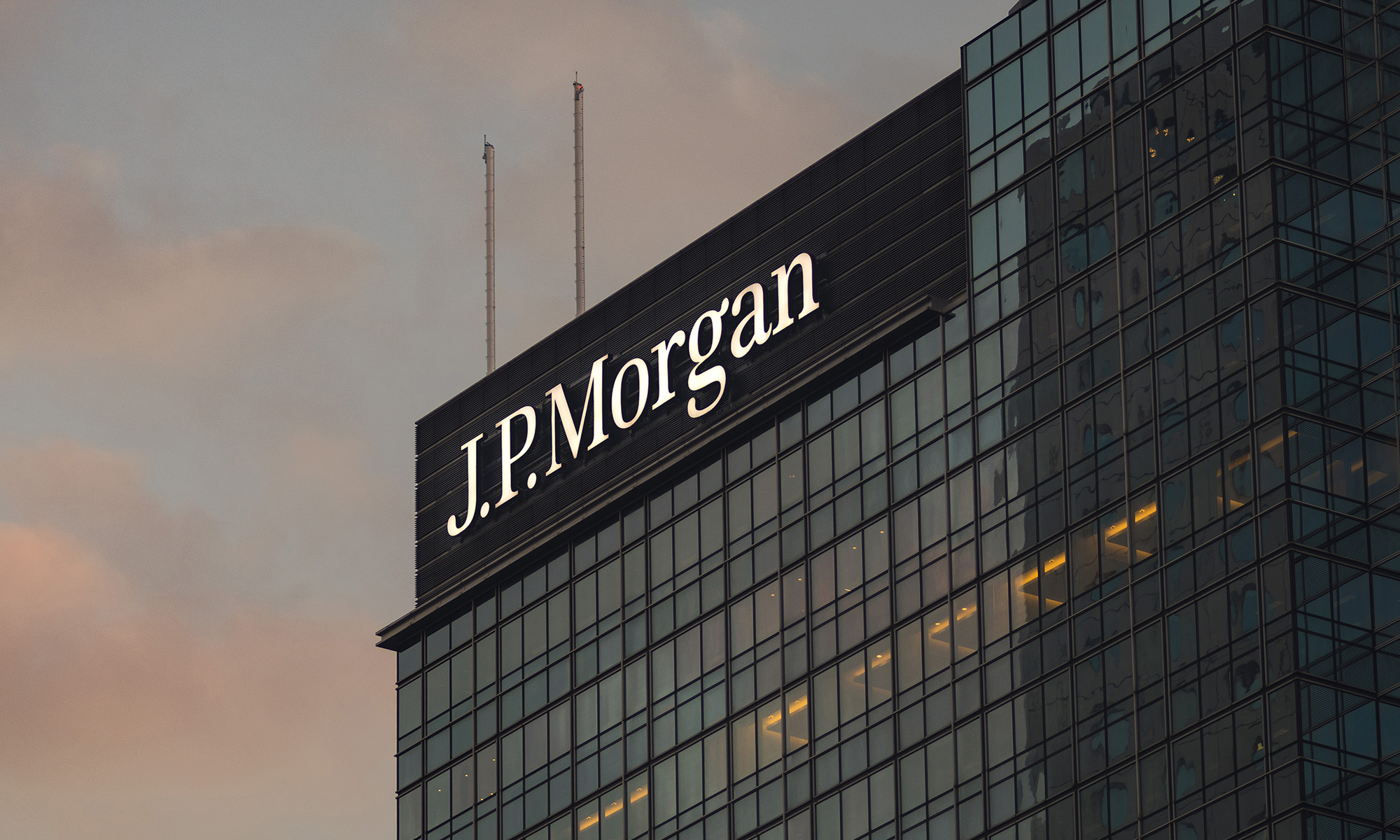Image source: Wikimedia Commons.
JPMorgan Chase (JPM 0.23%) kicked off second-quarter bank earnings in auspicious fashion, beating analyst estimates and growing its top line.
The nation's biggest bank by assets earned $1.55 per share in the three months ended June 30. That comfortably exceeded the consensus estimate of $1.43 per share. And despite multiple economic headwinds, JPMorgan Chase's revenue grew on a year-over-year basis by 2%.
"We saw strong underlying performance with record consumer deposits (up 10%), credit card sales volume (up 8%), merchant processing volume (up 13%) and broad core loan growth (up 16%) -- particularly in mortgage and commercial real estate," said chairman and CEO Jamie Dimon. "And throughout the recent uncertainty and turbulence in the markets, we continued to be there for our clients -- solid and steadfast to meet their needs, execute their transactions and provide liquidity."
Following the announcement, shares of JPMorgan Chase were up more than 2%, leading a broad rally among bank stocks.
Rapid loan growth fueled JPMorgan Chase's better-than-expected performance. Average core loans increased 16% compared to the year-ago period. This more than offset a slight sequential contraction in the bank's net interest margin, which reflects how much money JPMorgan Chase makes from its interest-earning assets.
The bank's revenue from trading was also up, growing by 23% compared to the second quarter of 2015. On the bank's conference call, moreover, CFO Marianne Lake said that trading has been "fine" thus far in the third quarter despite fears that the U.K.'s vote to leave the European Union would cause the bank's clients to sit on the sidelines until the uncertainty abated. According to Lake, client activity is "returning to normal."
One area that didn't fare as well were investment banking fees, which fell 10% on a year-over-year basis. The drop was driven by a 37% decline in equity underwriting fees, which can likely be traced to the fact that stocks started 2016 down due to fears about waning economic growth in China, low oil and gas prices, and unease about the U.K.'s Brexit referendum, which was held on June 23.
JPMorgan Chase also increased its loan loss provisions, setting aside $1.4 billion in the second quarter compared to $935 million in the same period last year. The move was spurred by higher loss rates on new credit cards as well as higher charge-offs in the bank's energy loan portfolio.
All told, JPMorgan Chase generated a return on common equity of 10%, which was an improvement over the two preceding quarters, but down from its 11% ROE in the second quarter of 2015. The 10% threshold is the benchmark that most banks strive at a bare minimum to hit.
All things considered, it's an impressive performance given the inhospitable environment for banks right now. Regulations passed since the financial crisis require banks to hold more capital and liquidity than ever. New rules also reduce the amount of income banks earn from overdraft and interchange fees. And the ultralow interest rates are weighing heavily on the amount banks earn from their loan and securities portfolios.
JPMorgan Chase shareholders should thus be content with the bank's results. And with a 3% yield on its stock, it presents an enticing case for income-seeking investors.







